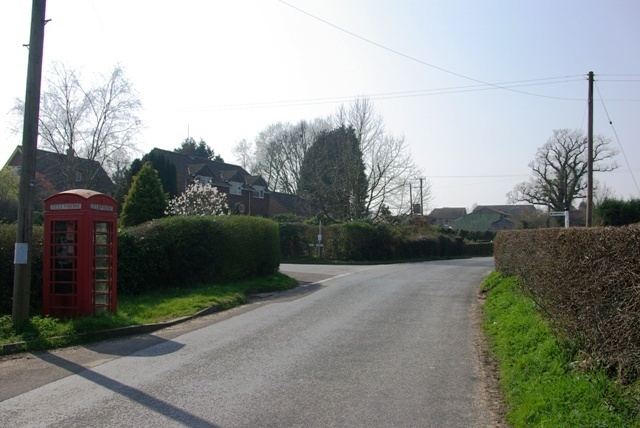Area 15.3 km (5.9 sq mi) District Rother Population 616 (2011) Dialling code 01580 | OS grid reference TQ742203 Sovereign state United Kingdom Local time Monday 12:56 PM | |
 | ||
Weather 9°C, Wind SW at 31 km/h, 94% Humidity Points of interest Darwell Wood, Darwell Reservoir, Vivid Wines | ||
Mountfield is a village and civil parish in the Rother District of East Sussex three miles (4.8 km) north-west of Battle. It is mentioned in the Domesday Book.
Contents
Map of Mountfield, UK
In the 17th century gypsum was discovered here and the ore is now mined; the mine is connected by rail to the Hastings Line which runs nearby, and whereby it is shipped out. A halt for Mountfield closed on 6 October 1969.
The parish church is dedicated to All Saints; Mountfield and Whatlington Church of England Primary School is located at the road junction in the nearby hamlet of Johns Cross by the A21 and the A2100 roads further north.
Governance
The lowest level of government is the Mountfield parish council. The parish council is responsible for local amenities including two playing fields and a children's play area. Elections are held every four years. The May 2011 election was uncontested.
Rother District council provides the next level of government with services such as refuse collection, planning consent, leisure amenities and council tax collection. Mountfield is part of the Darwell Ward.
East Sussex county council is the third tier of government, providing education, libraries and highway maintenance. Mountfield falls within the Battle and Crowhurst ward.
The UK Parliament constituency for Mountfield is Bexhill and Battle.
At European level, Mountfield is represented by the South-East region, which holds ten seats in the European Parliament.
Landmarks
There are two Sites of Special Scientific Interest within the parish. River Line is a section of river noted for its geological features as it cuts through many layers from the late Jurassic and early Cretaceous periods. Darwell Wood is a broadleaved woodland of biological interest. It has a number of streams flowing through it on the way to Darwell Reservoir.
Two miles north-west of the village are the overgrown vestigial remains of Glottenham Castle, a twelfth-century fortified manor house, surrounded by a moat now mostly dry.
